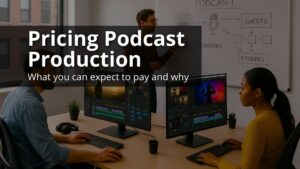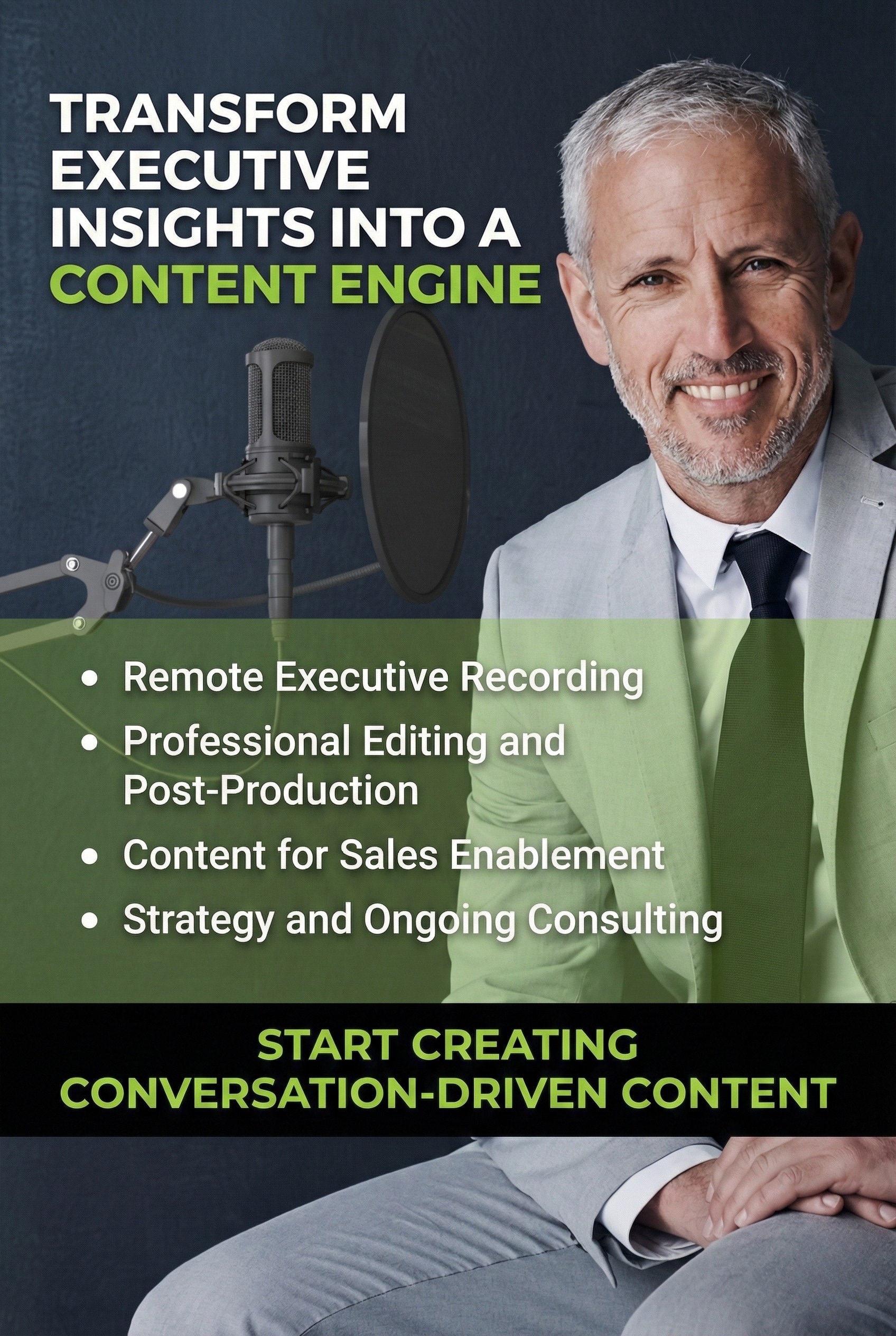AI Video Production is everywhere. Creative teams are either testing AI production or worrying about how it will change creative work. The real question is this: what is happening behind the scenes in content creation and video production as AI moves into daily workflows?
At Content Monsta, we work where these changes are happening. We benefit from the new tools, and we keep raising the bar for what our clients can do.
What’s Actually Useful in AI Video Production?
At first glance, AI video production sounds like science fiction or just a fun tool. We’ve all seen people creating funny or fantasy clips for fun. You’ve likely seen a fake influencer by now and didn’t even know it. But outside of fun and fake influencers, what are some real business cases where we can put AI generated video to work?
We’ve already started to create highly specific, animated, and photorealistic video clips without long shoots or large budgets. This reality is even more practical and more useful.
From Stock Footage to Sharply Specific Scenes
A year ago, if you needed a video of an executive walking into an office filled with gear, your choices were limited. You could search for a perfect stock clip, which rarely existed, or plan a shoot. Stock footage is built to be generic, so it rarely fits the exact story you need. You ended up with luck, compromise, or heavy editing.
With AI video production tools, you can generate the exact visual you need. The result is B-roll that looks unique, on brand, and built for your narrative. Ironically, the most generic-looking footage may now be the giveaway that it is traditional stock, not AI.
Unlocking New Creative Possibilities for Video
Here is how our workflow looks at Content Monsta. When clients in specialized fields such as medical or sports need a very specific shot, we can create it. A stadium at night, mid-game, with diverse crowds and visible screens. You can generate it when stock libraries fall short. Need a photo of your own doctors in your own hospital, and the only image on hand is from last year’s photoshoot? AI can turn that static picture into dynamic B-roll with motion, aligned to your brand and voice.
This is no longer about patching holes. AI is removing limits that were based on budget, resources, or missing footage.
AI Video Production Still Needs Human Expertise
AI video production is not a push-button task. The best outcomes still rely on human direction, skill, and vision.
Machines can produce a technical result. A producer or editor knows how to create emotion, guide a story, and deliver on a creative vision. Prompts matter. Experienced videographers speak the language of cameras, lenses, lighting, and pacing. Knowing how to ask for a 50mm lens at 1.8 aperture, or how to animate a slow pan to the right, separates cinematic results from flat output.
New Workflows, Greater Efficiency
Content demand moves fast. AI video production improves quality, scale, and speed. Here is a simple example from our process. When a finished clip lands in a designated folder, automation begins. The video is transcribed, a LinkedIn-ready post is drafted, a title is generated, and the content is queued for scheduling. One manual step often remains, a quick quality check, and the rest runs with consistency.
AI paired with smart automation turns hours into minutes. With each project, the ceiling for what is possible on a reasonable budget gets higher.
AI Video Production Creates Opportunity, Not Obsolescence
Robots are not replacing the creative process. AI expands what we can imagine and execute, and it does not replace human taste, intuition, or brand voice.
Strong workflows take time and care to build. Prompts must be tailored to a brand or client. Algorithms and social best practices keep changing, so prompts need ongoing tuning. A good content team monitors, tests, and evolves. It never sets and forgets.
The Bottom Line: More Ambition, Less Limitation
Shift the starting point for every project. Stop listing what you cannot afford. Begin with what you wish you could create. AI video production puts new options on the table. Original soundtracks, department-specific versions, and customizable assets that were out of reach a few years ago are now possible. You can say yes to more projects across every department, not just sales and marketing.
The Human Touch Remains Indispensable
Emotion, story, and connection drive results. Even with strong AI video tools, a director still calls cut, an editor still builds excitement, and a creative team still ensures the output moves real people to act.
Your company does not need to fear AI video production. You need the right process and the right partners to unlock its full value.
Keep learning. Choose tools efficiently. Experiment with purpose. That is how to win the future of content.
Ready to see what is possible? Visit ContentMonsta.com to explore whether a podcast makes sense for your business. For more insight, watch for our upcoming presentation at Content Marketing World.
About the Author
A. Lee Judge is the cofounder of Content Monsta, a podcast and video production agency that helps businesses create content to drive sales and marketing results. He is also the author of CASH: The 4 Keys to Better Sales, Smarter Marketing, and a Supercharged Revenue Machine.
- How Much Does it Cost to Hire a Podcast Production Company?A quick breakdown of what it should cost to hire a podcast production company to help you with your podcast production and promotion.
- 36 Video and Podcast Content Frequently Asked QuestionsExpert answers to remote podcast and video production questions. How remote recording works, options for support, pricing, ROI, and analytics.
- AI + Human Powered Content Marketing: Speed Without the AI SlopFAST, CHEAP, and GOOD. You can have them all. Speed keeps …




